
What makes for a remarkable budget smartphone is a matter of discussion. But for most of us, Xiaomi’s Redmi Note series makes the cut as a great offering, considering what it offers for the price. While the success of the Redmi Note 7 duo vouches for their popularity, we can see OPPO’s off-shoot Realme taking significant steps to snatch that prestige away from Xiaomi. As a result of this desire, the Realme 3 Pro has been born and its primary aim appears to be doing everything the archrival Redmi Note 7 Pro can—but better. On paper, the Realme 3 Pro is neck and neck with the Redmi Note 7 Pro, featuring a slightly more powerful processor and quirks like a 64MP “Ultra HD” picture mode.
The company is not shying away from calling the Realme 3 Pro a “flagship,” giving us more all the more reasons to take a deeper dive into what the device has to offer to its young audience. For starters, the Realme 3 Pro runs PUBG in High settings by default and supports Fortnite Mobile, but there’s more to like about the smartphone. The Realme 3 Pro was announced with two variants, one with 4GB of RAM and 64GB of storage space and another with 6GB RAM and 128GB of storage capacity, though a 6GB of RAM and 64GB of storage model was just announced. The prices corresponding to the two launch variants are also the same as Redmi Note 7 Pro, which makes the battle even fiercer.
Realme 3 Pro: Design
It finally feels like the days of flavorless and drab budget smartphones are over, with smartphone manufacturers going the extra mile to incorporate attractive design elements on affordable devices. Of late, glazed backs with either color gradients or textures have struck a chord with most smartphone makers. The Realme 3 Pro comes with both, using a selection of gradients accented by a striking pattern. It makes interesting use of speed lines which have been inspired by race tracks to signify the Realme 3 Pro’s relation with speed and a sense of competitive advantage over the Redmi Note 7 Pro. Lying beneath these lines is a dual tone gradient, with three different color combinations to choose from. I’ve used the Lightning Purple variant but if you’re not a fan of gradients, you can choose the gray version.

While the back of the Realme 3 Pro is mostly reflective, it gleams with a pattern shaped like a hyperbolic curve (or a helix from a 2D perspective). This gives off the impression that the smartphone may be priced at much more than it actually is. Besides the beguiling pattern, other elements on the back include a 16MP+5MP dual camera setup with an LED flash and a capacitive fingerprint scanner with some sort of ceramic-like coating on top of it. Lastly, there’s a “realme” logo at the bottom left corner of the smartphone.

For the frame, Realme has used a plain plastic finish, which looks underwhelming against the shiny back. There is nominal contouring which, in my opinion, slightly improves the grip of the smartphone. Upon taking a look at the sides of the Realme 3 Pro, you’ll find a power button on the right, disjunct buttons for volume up and down and a SIM tray on the left, a single speaker grille, a micro USB port, a 3.5mm headphone jack, the primary microphone at the bottom, and finally, the secondary microphone for canceling noise at the top of the smartphone.
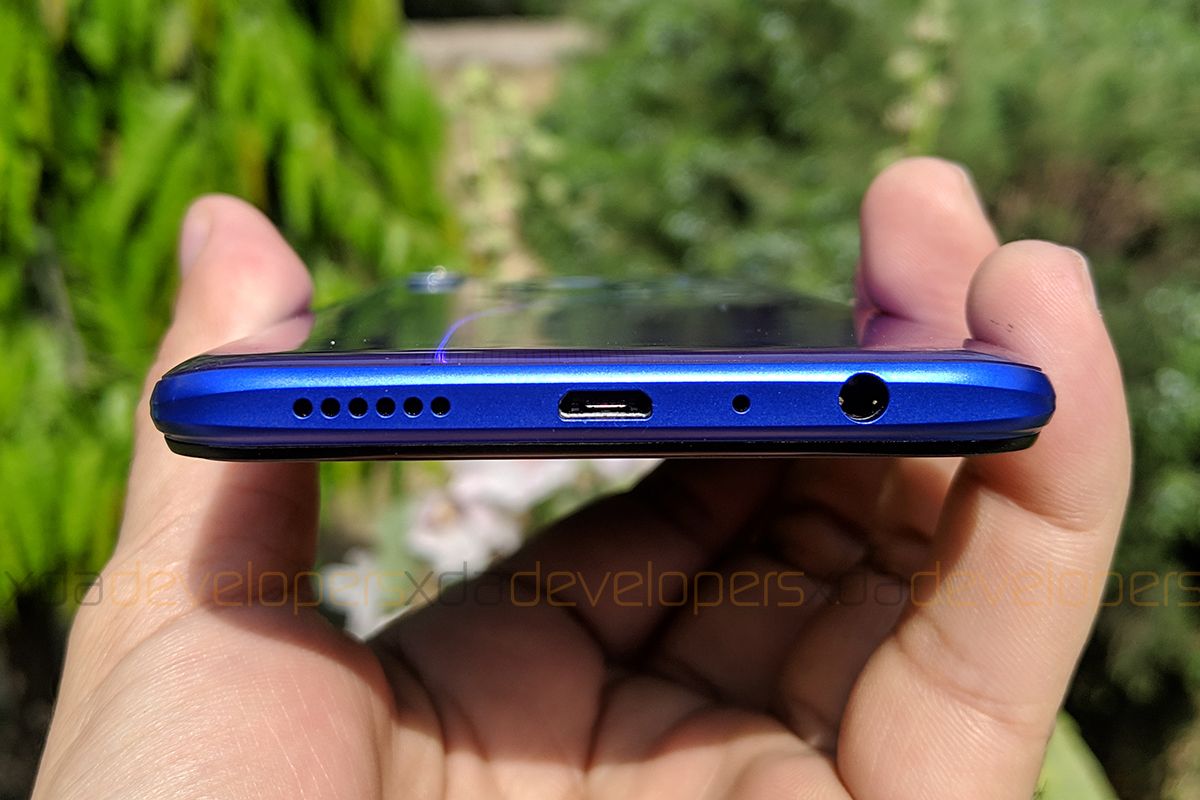


Turning our attention to the front of the smartphone, there’s a 6.3-inch Full HD+ LCD with a teardrop notch and minimal bezels affording a 91% screen-to-body ratio. A thin lining of chamfered plastic runs along the perimeter of the display module and it is identical to many other affordable smartphones. This lining along with the plastic frame deter the almost-elegant curved design of the back and gives the smartphone a rather ordinary look from the front.

The display has a pixel density of 408ppi and for the most part, it feels sufficiently sharp and well saturated. The display is fairly bright most of the times and offers decent readability in indoor as well as outdoor scenarios. While the color reproduction of the display does justice to the fiesta of colors in Realme’s ColorOS software, which is borrowed from OPPO, the display is slightly towards the warmer side. If you don’t enjoy that, however, you can use a slider in the Display settings to adjust the temperature of the color. Above the display lies a 25MP selfie camera along with the earpiece.

In terms of the heft and durability, the Realme 3 Pro feels sturdy without feeling heavy or bloated in any sense. It retains a slim physique in spite of the multiple layers of reinforcement over the plastic back shell as well as the robust specifications it packs inside the chassis. While the body is not likely to shatter in just a few drops, Realme is also shipping a thick and protective TPU case within the box.

Broadly, the Realme 3 Pro feels well-built with barely any signs of bulging or flexing while applying pressure. My only concern with the smartphone remains its discontinuous design which stalls any first impressions of this being a premium device. But if you’re not as nitpicky as I am, these elements will not bother you, especially not younger users, which is Realme’s primary audience.
Realme 3 Pro: Camera
Realme claims to have made some major upgrades to the camera on the Realme 3 Pro compared to its predecessor the Realme 2 Pro. Since the company is touting the smartphone as a flagship, it has made decent improvements to justify those claims. For starters, the 16MP primary sensor being used on the smartphone’s rear camera is Sony’s IMX519, which has also been used on the OnePlus 6/6T. It has an aperture value of f/1.7 which means that the images should be sufficiently brightened even in low-light conditions. The secondary 5MP sensor is useful for sensing the depth of the background in the case of bokeh shots.

For the rear camera, Realme is boasting a Chroma Boost mode which boosts HDR with the help of AI. Additionally, there’s an Ultra HD mode, with which Realme intends to beat Redmi Note 7 Pro’s 48MP mode. Per the launch announcement, this mode can be used to basically stitch four 16MP images (opposite to traditional pixel binning) to create a 64MP image, and the results produced in this mode can be expected to be almost on par with images clicked by a true 64MP sensor. However, the feature is not enabled on our review unit, so we have no clue how it works in practice. This feature appears to have been added to the package only a few days before the launch to keep fans engaged despite a major last-minute leak.
I tried using Ultra HD mode on rm3pro
Amazing shots#64MP #SpeedAwakens
Will show you the samples at launch event on 22nd April.— Madhav Sheth (@MadhavSheth1) April 19, 2019
The primary sensor supports 2X telephoto zoom and a Nightscape mode, which is a long-exposure mode for clicking images in the dark. One difficulty I’ve faced with the Realme 3 Pro’s camera is that it locks you into modes like HDR, macro, text, etc. and manipulates the exposure on its own, but it does not allow you to exit the mode manually. Since this is a pre-sale unit, Realme might make changes to this in the future.
After taking a few images with the Realme 3 Pro, I’ve come to recognize the potential that this camera offers. This camera may not only be tough competition for the Redmi Note 7 Pro but also the Nokia 7.1 Plus with its Zeiss optics and even the POCO F1. Below are some of the shots that I managed to take with the Realme 3 Pro.

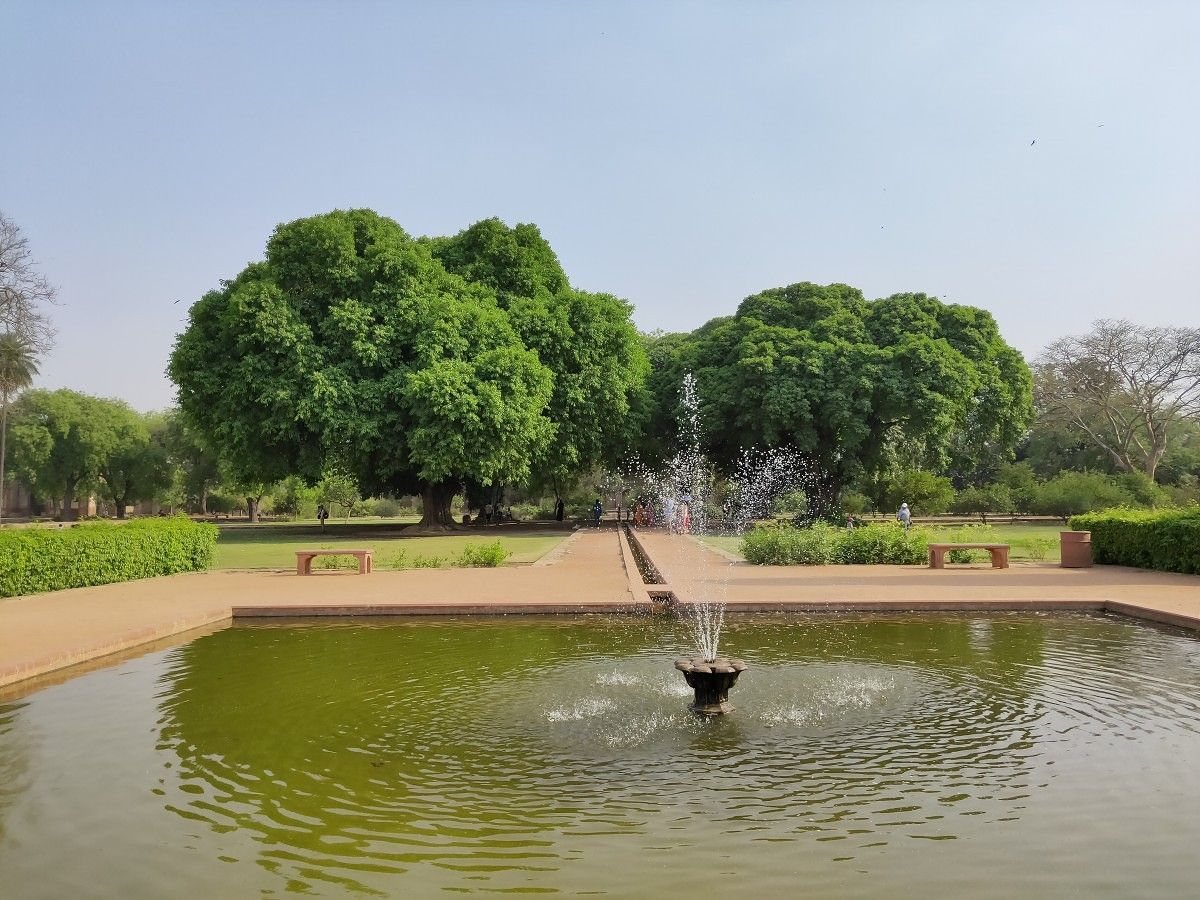
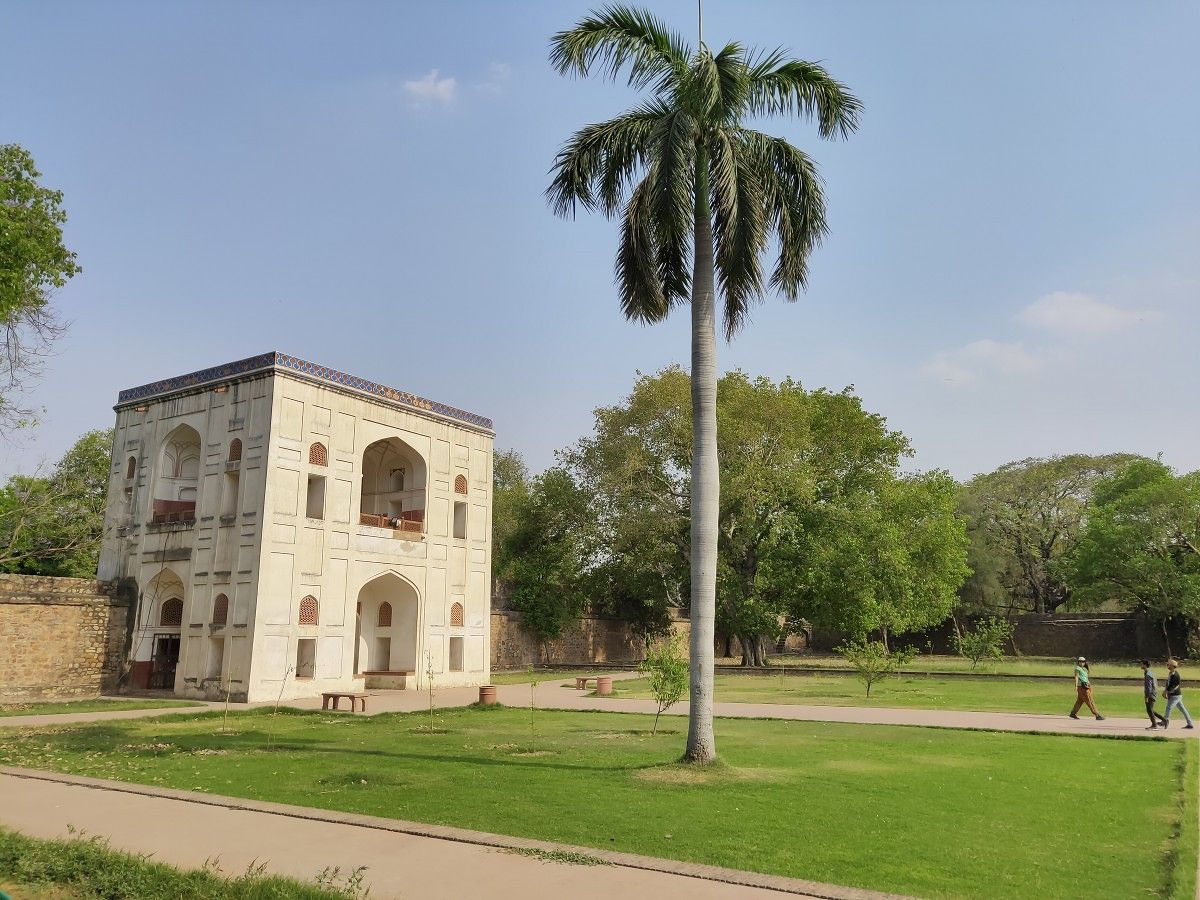

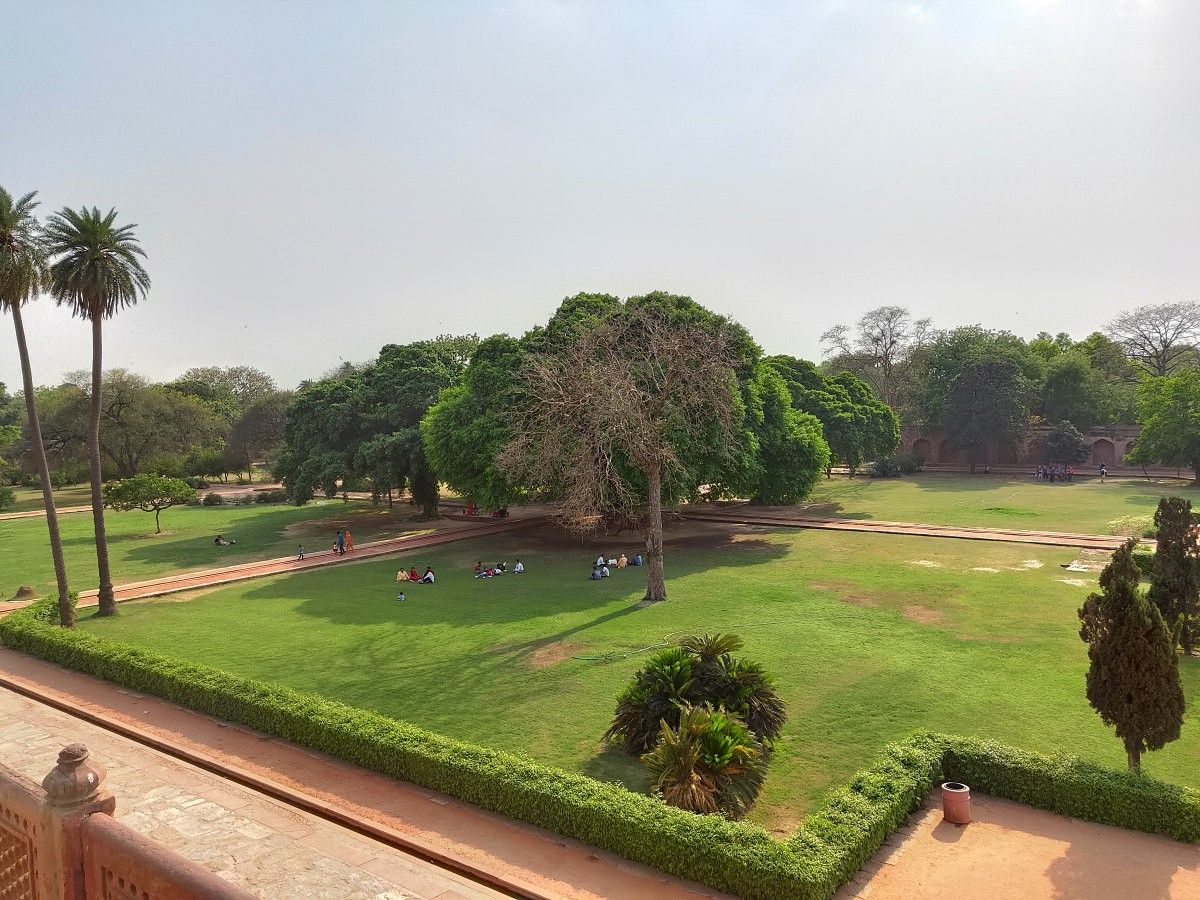
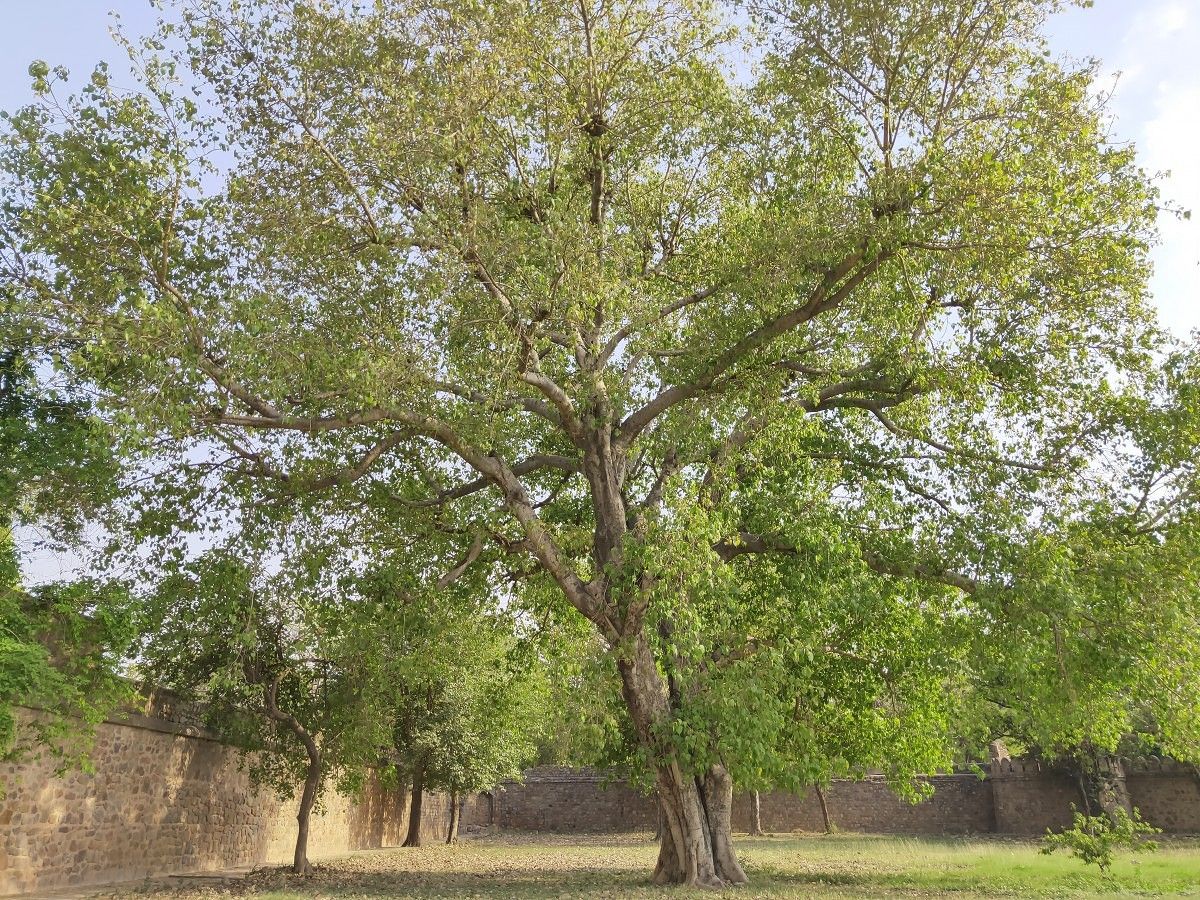
The images captured in bright sunlight have a palatable amount of vibrancy and a lot of sharpness. However, when zoomed in, these images tend to become blurry. Further, there’s a noticeable yellowing in the images, which is something that was also reported by many OnePlus 6T users. The images do look retouched and oversaturated in certain scenarios with yellows and greens popping out distinctively.
When the images are taken under direct sunlight or indoors, the oversaturation is not as prominent and the camera produces closer to natural colors.

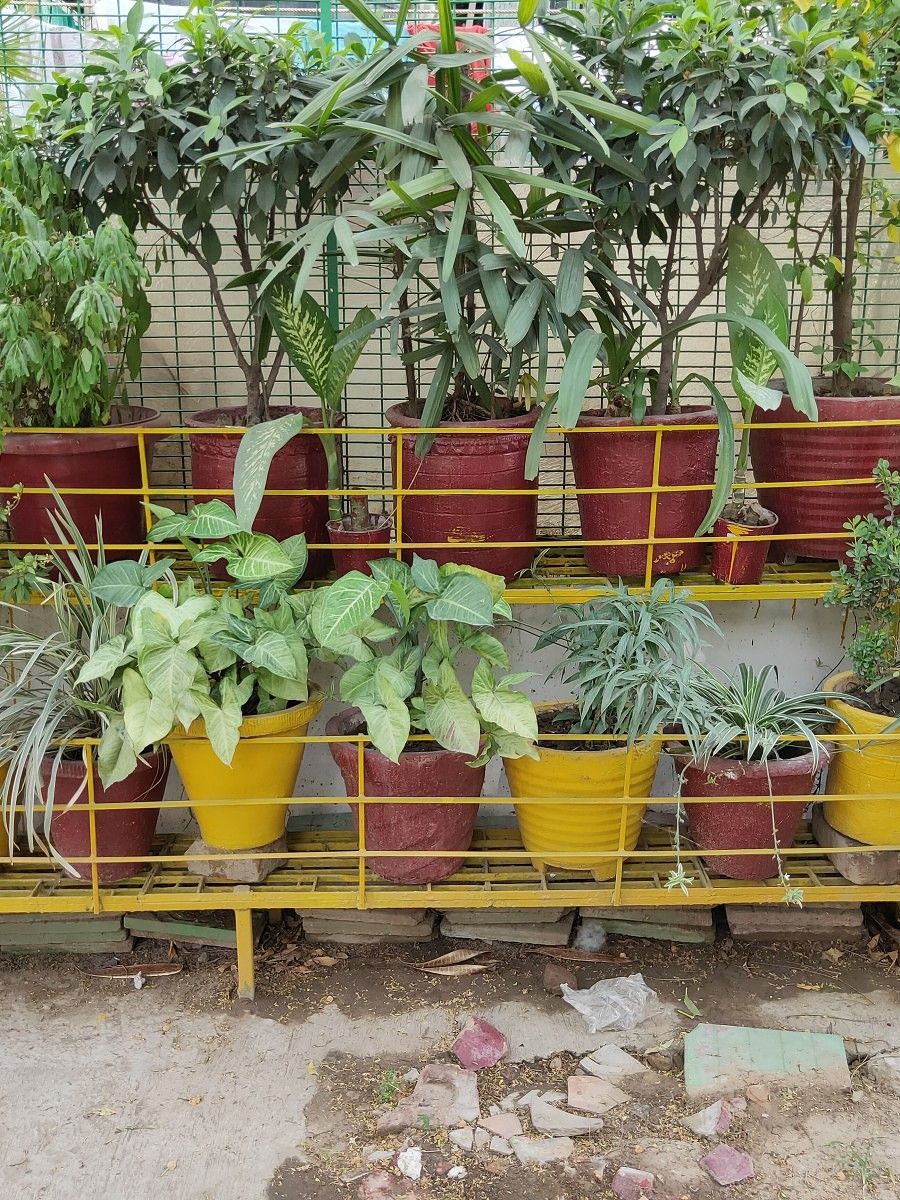
At 2X zoom, the images are almost equally sharp, but there may be minimal change in terms of the exposure or saturation perhaps due to the objects occupying the viewfinder.

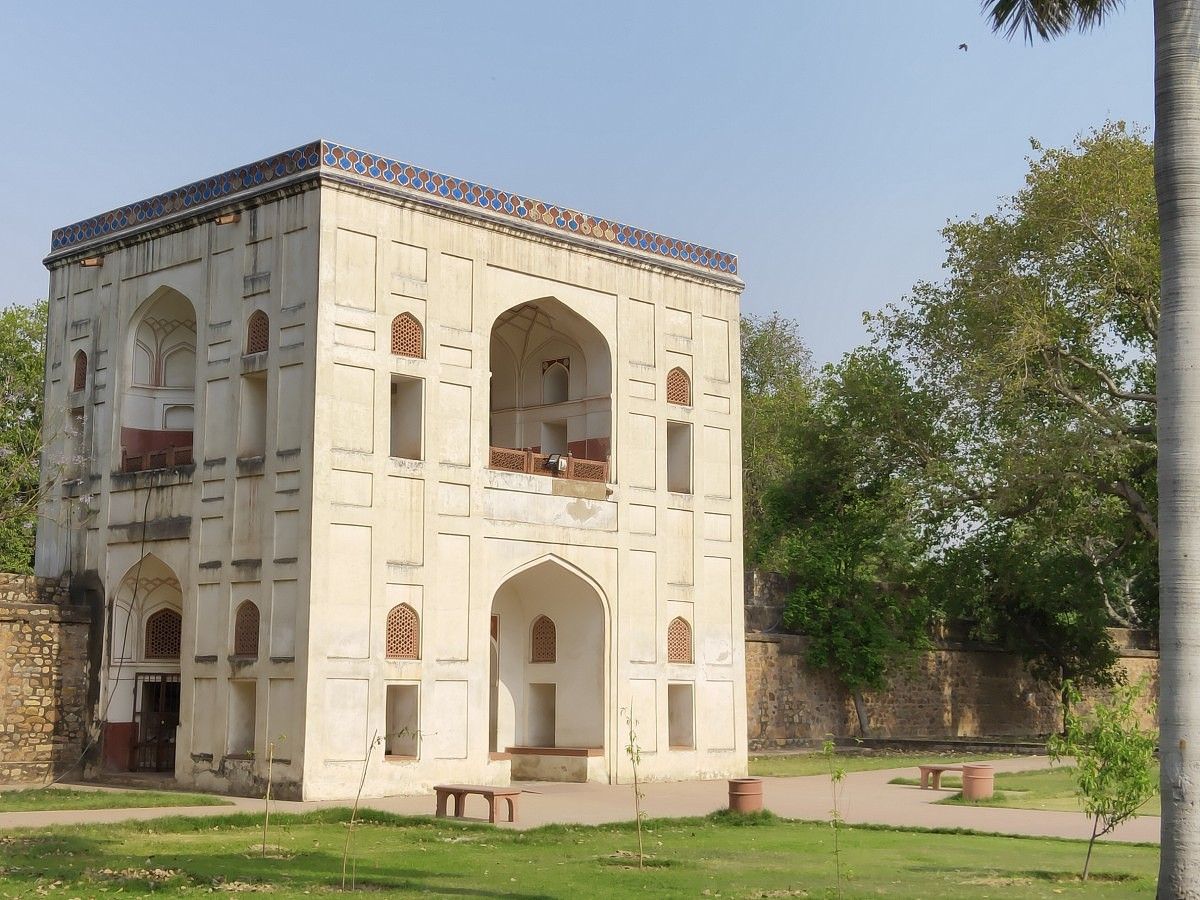


The portrait mode on the Realme 3 Pro very aggressively blurs the background and there is no option in the Camera app or the Gallery to adjust the intensity of blur during or after the image is taken. Although phase detection is good for the most part, it is far from perfect and one can easily spot edge bleed.

The portrait mode is not limited to faces and can also be used to emphasize objects in images. The results, again, are modest but not astonishing in any sense.


One of the very few modes in the Realme 3 Pro’s camera which has actually managed to amaze me is the ability to capture sufficient details while clicking images from short distances or in the Macro mode.


Another area where the camera shines is in night photography. The Nightscape mode on the Realme 3 Pro can produce fantastic results even while holding the smartphone in your hand. Here’s one comparison:

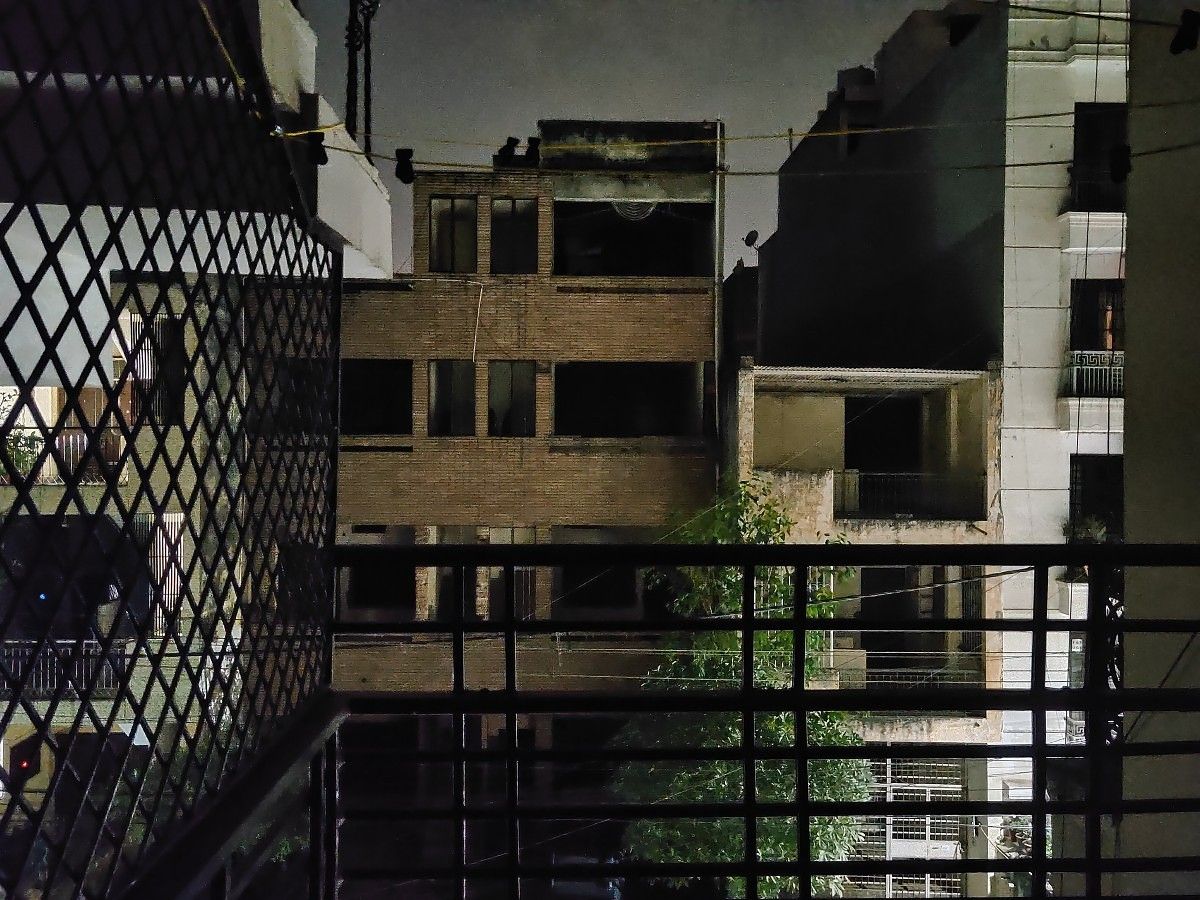
On the video front, the Realme 3 Pro can record videos in up to 4K resolution at 30fps. But, unlike the OnePlus 6 and the OnePlus 6T, the Realme 3 Pro’s camera does not feature optical image stabilization (OIS). However, it does support “accelerated” electronic image stabilization (EIS). Besides, there’s support for 10-second-long 720p slow-motion video at 960fps, which may actually allure a lot of young and curious buyers.
One thing to be noticed is that the slow-motion videos captured in a landscape orientation have thick borders on both sides. This is most likely to be a bug and the Realme team has been informed about the issue. But until there’s a resolution from the company, here’s a sample 960fps slo-mo video captured with the Realme 3 Pro.
While taking selfies, the 25MP camera on the front captures a respectable amount of details but also extensively smoothens out skin. The images below are taken with Beauty mode completely turned off, and even then, my face appears flat and deprived of any natural details. You may compare these with the portrait shot above taken with the rear camera to see the unwanted smoothening effect.


Again, the amount of blur on the front camera is pretty intense and much more than what looks natural or appealing to most users.
All in all, the cameras on the Realme 3 Pro are reasonably good for the price, and could perhaps give tough competition to Xiaomi. One area where Realme seems to be learning a lot from Google is in terms of post-processing of images. The camera is quick to respond in most cases and does not leave you hanging while an image is being processed. This saves a lot of time and gives the Realme 3 Pro an advantage over the Redmi Note 7 Pro, which has offered users a somewhat buggy camera experience. If Realme can straighten out the yellowing of images and the aggressive blurring, it could definitely be one of the most appealing value smartphones for photography.
Realme 3 Pro: User Interface
The Realme 3 Pro runs ColorOS 6, which is OPPO’s custom Android software based on Android 9 Pie. As suggested from its name, ColorOS uses a lot of vivid colors in the UI to make elements distinguishable. The amount of vibrancy, however, could be overwhelming to certain users who prefer a more minimal and close-to-stock Android experience. Anyone moving to the Realme 3 Pro from a non-OPPO or non-Realme device might take some time to get used to these icons or the interface in general. The amount of pre-installed bloatware might also peeve a lot of new buyers.

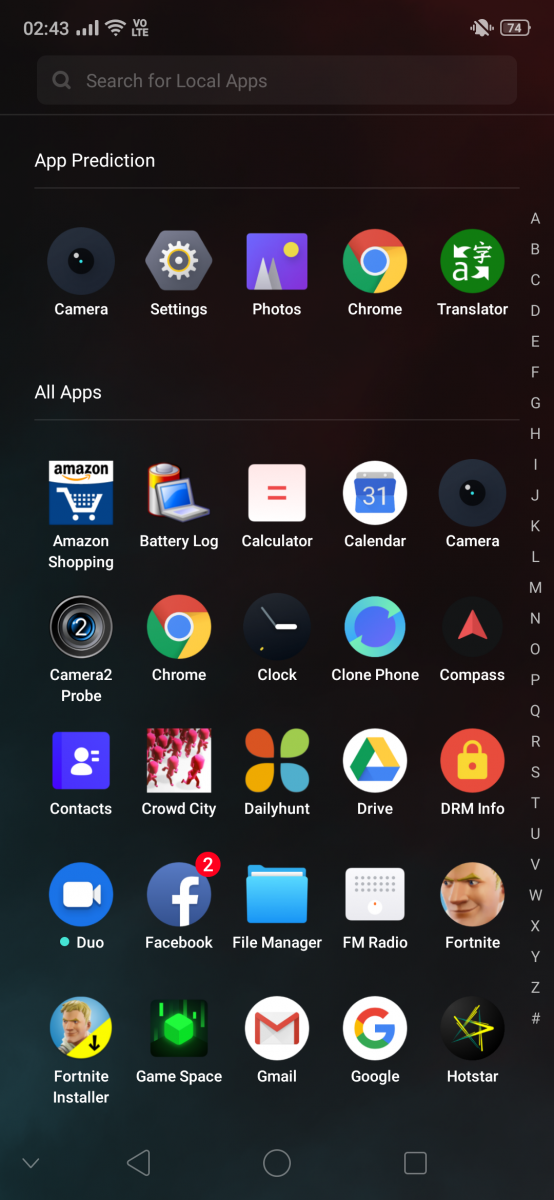

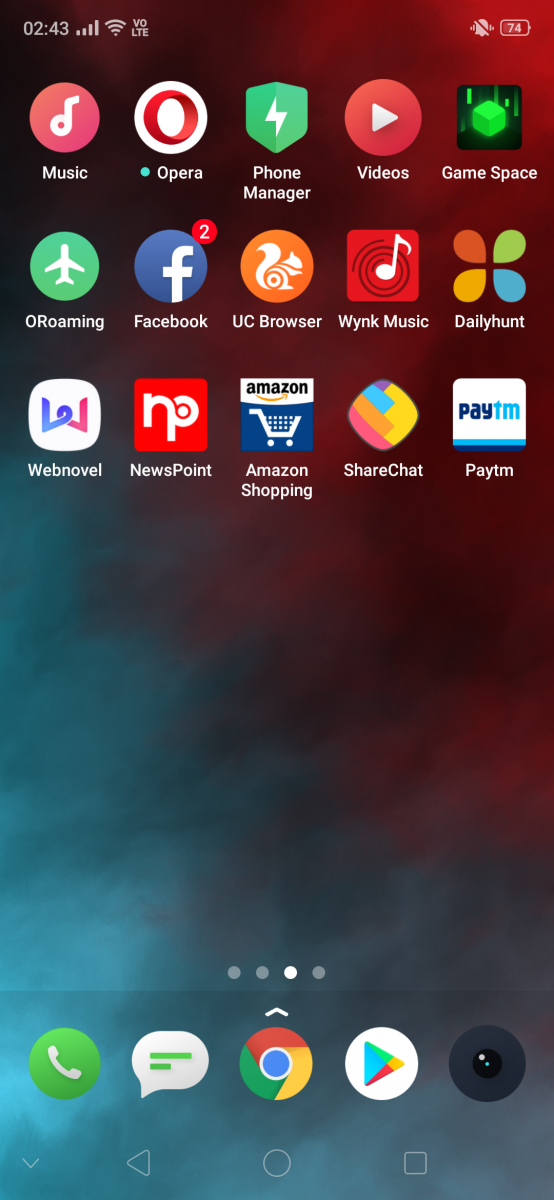
But not everything about the interface is as dissatisfying, as there are some elements to cherish. For one, there is Game Space which optimizes the utilization of hardware resources for better performance, locks the brightness, allows users to use their Wi-Fi and 4G connections together to reduce latency, and selectively hide unimportant notifications when you’re inside. Then, there’s the floating smart sidebar which is like a mini launcher in itself. It can be dragged on top of any app to perform quick actions like taking a screenshot or toggling Do Not Disturb mode or launching an app quickly, with presumably no limit on the number of quick apps that you can add to the sidebar.
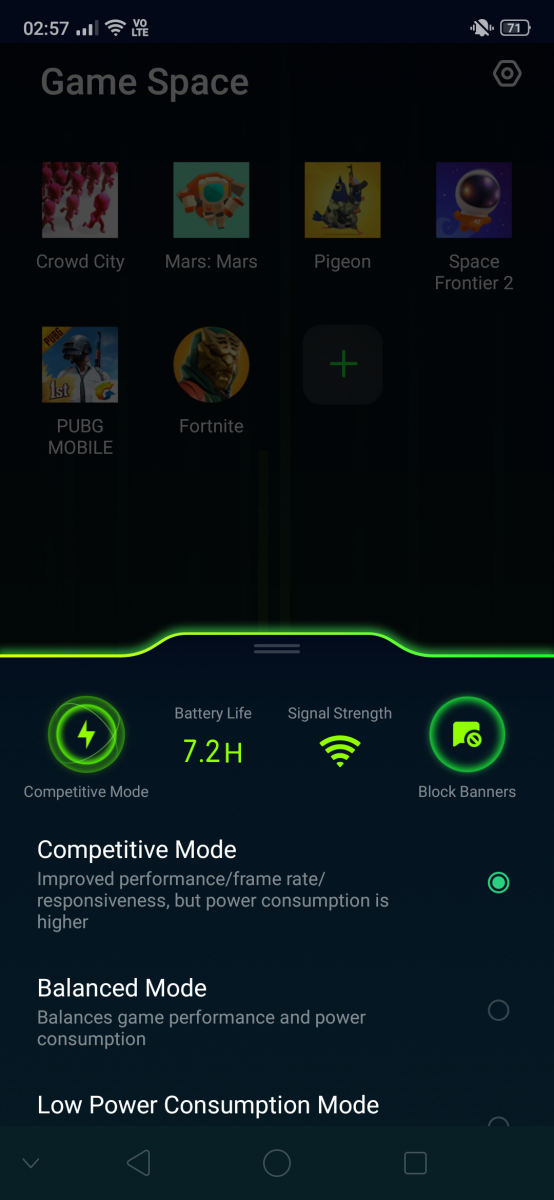
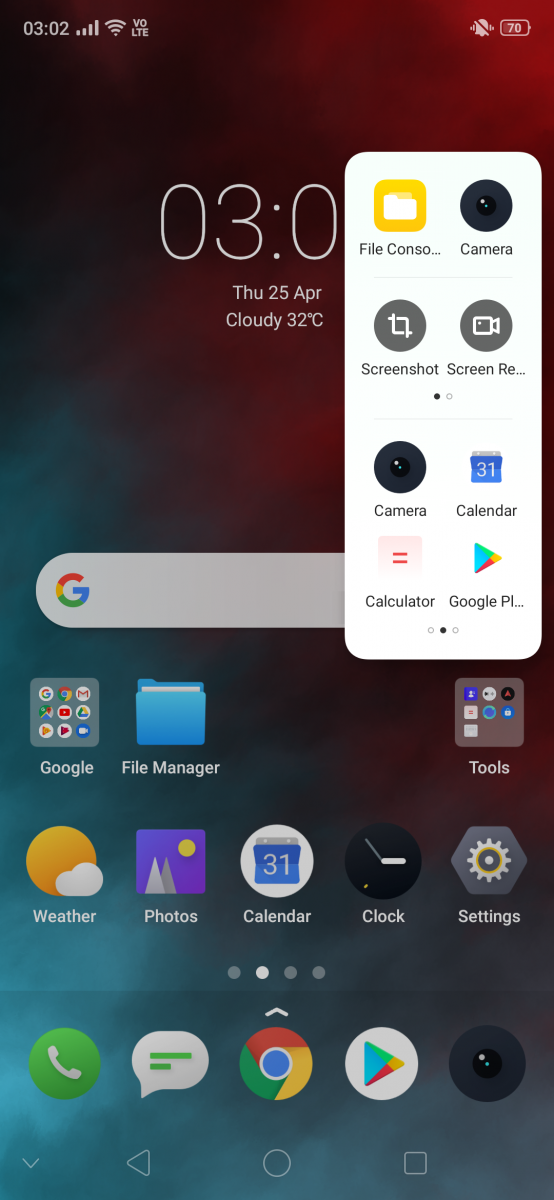


The third interesting feature on the Realme 3 Pro is the Smart Assistant drawer, which can be opened by swiping right across the home screen. On this page, you’ll find quick widgets to access information about weather, your appointments and meetings, upcoming deliveries and trips, etc. You can also use it to display particulars about a specific sports team or tournaments. All these extra features make ColorOS likable in spite of its garbled iconography and loud colors.
Realme 3 Pro: Performance and Battery
The Realme 3 Pro is designed to offer a wholesome experience to young users, most of whom demand stable and consistent performance while gaming. Fortunately, the Realme 3 Pro does an excellent job in that respect and the Qualcomm Snapdragon 710 along with the Game Space feature host a truly stunning experience, which you may not have expected from a smartphone at this price.
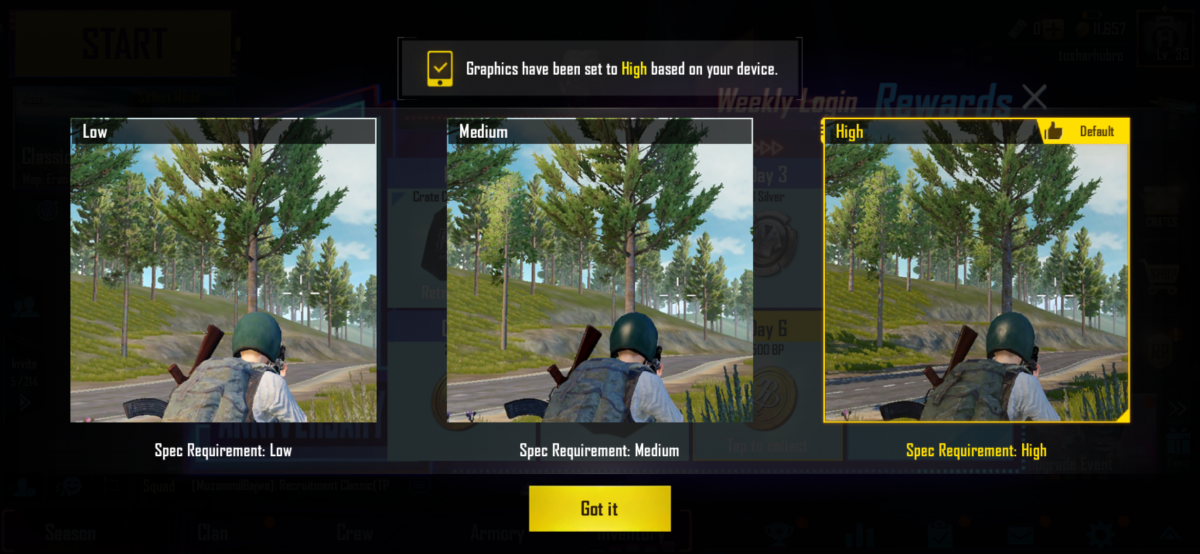

Not only does the Realme 3 Pro run PUBG Mobile in High graphics settings by default, but it is also the most affordable smartphone of 2019 to support Fortnite Mobile, even though you may not necessarily be interested in playing it on the phone. This is because the gameplay is limited to medium graphics settings with a maximum supported frame rate of 30fps.
But if you’re just starting out to play Fortnite on a smartphone—like me—then this may be an exciting experience for you. While playing the game, the inbuilt FPS counter showed a consistent frame rate ranging between 20 and 25, which is not really disappointing. Just like PUBG Mobile, the Realme 3 Pro can also run most other games at settings which might make other budget phones sweat, but not this one. I’ll be putting the Realme 3 Pro to even more stressful tests to interpret how it qualifies as a smartphone for heavy gaming.

The 4,045mAh battery on the Realme 3 Pro is an absolute stunner. During my short period of interaction with the device, it lasted me well over a day of moderate use on a single charge. But what’s really mind-blowing is the smartphone’s ability to charge fully in almost 75 minutes when not being used. Blissful is the fact that Realme is actually including a 20W fast charger within the box and it comes with support for OPPO’s VOOC fast charging technology. As per Realme, this charging protocol is faster than Qualcomm’s Quick Charge 4.0 which operates at 30W and undeniably much faster than the 10W charger which Xiaomi delivers in the box of the Redmi Note 7 Pro.
Realme 3 Pro Specifications
| Category | Realme 3 Pro |
|---|---|
| Dimensions and Weight | 156.8 x 74.2 x 8.3mm, 172g |
| Display | 6.3-inch, 2340×1080, FHD+ (408ppi) Gorilla Glass 5 |
| Rear Cameras |
|
| Front Camera |
|
| Mobile Platform | CPU: Qualcomm Snapdragon 710 (2 x 2.2GHz Kryo 360 Gold and 6 x 1.7GHz Kryo 360 Silver) GPU: Adreno 616 |
| RAM | 4/6GB; 8GB expected |
| Storage | 64/128GB |
| Ports | Micro USB, 3.5mm headphone jack |
| Connectivity | Wi-Fi 802.11 a/b/g/n/ac, dual-band, LTE, Bluetooth 5.o, A-GPS, GLONASS, FM Radio |
| Security | Rear-mounted fingerprint-scanner, face unlock |
| Battery | 4,045mAh, 5V/4A VOOC 2.0 fast charging |
| Software | ColorOS 6 based on Android 9.0 Pie |
| Pricing | 4GB+64GB: ₹13,999 6GB+128GB: ₹16,999 |
| Colors | Carbon Gray, Nitro Blue, and Lighting Purple |
Realme 3 Pro: The true affordable flagship?
Ever since I’ve started using the Realme 3 Pro, I’ve pondered whether we’ve finally reached a point in time where highly affordable yet powerful devices like the Realme 3 Pro can carve out their own segments as entry-level flagships. From my initial experience with the smartphone, I feel positive that it deserves this honor. Charming looks, a fast and dependable camera, striking performance while gaming, a smooth UI—even though bloated—and lastly, a great case for the battery, these many elements make Realme 3 Pro extremely desirable and almost a threat to smartphones priced between ₹15,000 and ₹20,000.
The Realme 3 Pro even sports day 1 bootloader unlocking, supports the Camera2API out-of-the-box, and will eventually support Widevine L1 per the CEO. The kernel source code hasn’t been released yet, but we will keep an eye out for that. An update coming next month will add theme store support.
This, however, isn’t our final verdict on the smartphone and I’ll dive deeper into the many colors of the UI to tell you if it might be intimidating enough to break the deal for you. Meanwhile, the Realme 3 Pro is expected to get a variant with 8GB RAM later this year and you might want to wait for it if you want a specced out smartphone at a budget.
Buy the Realme 3 Pro from Flipkart
The post Realme 3 Pro First Impressions: Dear Xiaomi, Take Note! appeared first on xda-developers.



0 comments:
Post a Comment